- Posts: 414
- Thank you received: 126
- Forum
- /
- The Salon
- /
- Article Discussions
- /
- A rash of enthusiasm for Combat Commander #1: Your fate lies in the cards
Bugs: Recent Topics Paging, Uploading Images & Preview (11 Dec 2020)
Recent Topics paging, uploading images and preview bugs require a patch which has not yet been released.
A rash of enthusiasm for Combat Commander #1: Your fate lies in the cards
Designer Chad Jensen's...
An awful lot of Combat Commander
Designer Chad Jensen's WW2 tactical boardgame Combat Commander has ruled over my gaming table since early 2007. More than 200 plays to date mean that it is second only to the majestic Up Front as my most played tacsim ever (it had been a close run thing with Squad Leader and ASL for a while but it's safe to say that CC is now well in front and showing no signs of stopping); is second only to Ivanhoe as my most played game in those 6 years (and that's all down to 2011's marathon run of games with Liam); and it shows a clean pair of heels to Dominion, which comes in third at 130 plays.
So many games of CC mean that it has also been a regular feature here at RD/KA! since my first post about the game back in April 2007 (Combat Commander is the game most named in my Labels). In that time I've written:
- Battle reports. These have done more than just report my games of CC; they have also driven and charted the development of RD/KA! itself as I learned new tricks with the GIMP so that I could better illustrate my articles:
- Basic crop jobs to provide crude illustrations: June 2007.
- Scenario sheets and simple setup maps: April 2008.
- Scenario background studies, scenario sheets and situation maps: April 2009.
- Reviews: CC:M and BP#1.
- Previews: BP#2 and BP#3.
- Scenario studies: facing up to those Finns.
- Critique: the RSG radio rules.
- Variant rules: my best attempt at RSG radio variant rules.
- Tournament reports: CC@UK Expo'09 and CC@UK Expo'10.
- Numerous comments and asides too varied or too fleeting to mention.
After so many games and so much coverage down the years here at RD/KA!, I've decided that it's about time I celebrated the Combat Commander series with the full 'A rash of enthusiasm...' treatment.
Breaking new ground in cardplay
Combat Commander: Europe was a minor personal landmark for me even before I got hold of my copy: it was the first game I ever bought after reading an online preview of the rules- routine practice these days, across which I'd stumbled quite by accident while looking for something else. Little did I know back then what I was getting myself into when I finally took that big box home and ripped off the shrinkwrap. At the centre of my gaming since then, I can honestly say that CC has changed my gaming life for the better in a variety of ways.
Hexes, counters and cards: another definite viewpoint
Anyway, that personal geek accolade aside, I'm convinced that CC is quite simply one of the most innovative designs to hit WW2 tactical wargaming since the publication of Up Front nearly 30 years ago; a seamless mash-up of Squad Leader, Up Front and Ambush (a debt which Chad freely acknowledges in the Combat Commander: Mediterranean Playbook) distilled into something far more than the sum of its parts. That 'far more' is an easy-play card-driven WW2 squad-scale tacsim complete with random events and other surprises as served up by the Action decks.
When I enthused about Up Front and Memoir'44, the crucial feature arising from these games' card-driven command systems was that they establish a definite viewpoint for the player- analagous to a viewpoint character in a story, instead of delivering the more generic overview corresponding to no one in particular which is typical of boardgames. My argument was that this is doubly good: the more clearly defined viewpoint encourages immersion because it puts the player in the role of a specific commander; this viewpoint immersion meanwhile delivers a working model of command uncertainty and fog of war thanks to the card-driven C3i.
Getting concrete with the abstract
Part of Courtney Allen's design genius with Up Front was the way he stripped everything back to the cards. All other considerations aside, this neatly conveyed the viewpoint of the platoon leader; the lack of the familiar overview simultaneously expressed the leader's closeness to and distance from his men:
- Closeness: hence the lack of the familiar overview.
- Distance: hence, eg. the way that terrain 'arrives' in Up Front; obviously the men in the line can see terrain ahead, but terrain which meets the platoon leader's tactical requirements — the discovery of which is as much as matter of communication as anything else — might well be a different matter.
So, if Allen's decision to abstract everything into the cards was the source of Up Front's greatness, Chad's decision to return to the familar hex and counter format- ie. to re-concretise what Allen had abstracted, was a key decision which underpins much of what makes Combat Commander so good. This decison was undoubtedly a practical one (Chad himself notes in the Combat Commander Playbook that this decision was what revived a stalled cards-only design which had hitherto been gathering dust), but the practicalities aside, this is again a matter of viewpoint.
Combat Commander is a squad-scale company-level game. Following the logic of my argument about Up Front, this means that the players' viewpoint in CC is located at the battalion command echelon. Use of maps is commonplace in battalion command, so their use is appropriate in CC, with the result that immersion is retained- deepened even, despite the increase in scale and precisely because of the return of the familiar map and counters, especially the map. The thing is, in terms of units and number of actions/turn, Up Front and CC are quite similar- they both typically feature 10-20 units/side with 1-3 actions/turn. However, in UF, there are only 20 locations in the space 'between' each side (ID chits E & Z and -ve range chits are typically only usable/viable by special rule, so they can be ignored in this simple calcuation of raw statistics) Compare this to CC's 150-hex maps: that concretisation alone increases the gamespace by up to 750%, and that's before you consider the variations in units' positions. The reconcretisation of space, in short, delivers immersion and rich game space, which are patently crucial to CC's success.
That wibbly-wobbly time-wimey stuff
Time in tactical CDGs like Up Front, Memoir'44, and CC is abstract; that is, it doesn't flow in turns of some notional equal length (eg. ASL's 2 minutes/turn), it instead moves exactly as fast as the action each turn requires- and the same actions need not necessarily represent the same amount of time according to circumstance, typically the actions' success or failure or the responses they provoke; eg. not getting shot at while moving could suggest slower more cautious movement making maximum use of every scrap of cover to keep out of sight, which would take longer, naturally enough. This action-driven time enables phase-less IGO-UGO turns, a simple structure which doesn't intrude on the action- another plus on the immersion front.
The net effect of this is that time is no longer a simple clock advancing to a certain end but instead becomes an uncertain resource which has to be managed- an essential feature of the card-driven mechanic as pioneered by Courtney Allen. Time is doubly uncertain in CC because of the time triggers which force early deck reshuffles and time advances. This peculiarly doubly open time in CC again deepens immersion because you're no longer outside the action looking at a clock, you're inside the game's time. This already open-ended time is rendered more immersive still because of tempo.
Tempo in CC represents seizing time and using it to your advantage instead of just sitting back passively and letting time 'happen' to you. This goes to the heart of the psychology of hand management: when to play cards for orders/actions and when to discard in search of a better hand. You can only seize tempo by playing cards for orders and actions, but a poor choice of orders and/or a bit of bad luck can give you a subpar card-cycle which leaves the tempo dangling for your opponent to seize. Cards held uselessly represent holding out against misfortune or distracting imaginary opportunities- ie. "I'll (be able to) do that if or when", but 'when' never comes and 'if' comes all the sooner because subpar card-cycling has surrendered tempo to the opponent. Cards properly discarded aren't just those imaginery opportunities ignored to the benefit of tempo; they are also the steely nerve which didn't hold out against future misfortunes- a concrete practical and psychological boon in other words.
Further matters of the unexpected
Combat Commander's model of concrete space and dynamic time would be good enough for an interesting game if that was that; what makes the game peerless is the extra measure of the unexpected the cards deliver. Events are most obvious here but actions are a second degree of variation from the norms of the map, counters and dice. Actions in CC are like stunt plays, ringing the changes on the familiar orders. The events are particularly satisfactory, neatly solving the problems of when and how to check for and reference events which make dice-driven events tables cumbersome to say the least. A working random events system is not just fun- and it is, naturally enough, it also enhances the viewpoint. Why? Because the viewpoint battalion commander would typically have other platoons and/or companies in action nearby, and the random events can be seen as those other actions impinging on the players' battlefield. Hosowever they are rationalised, the events' slick integration into the CDG makes them truly random and distinct events as opposed to being just the effects of extreme dice rolls, a fact attested to by the oft-repeated remark that CC games all have their own unique story.
Viewpoint, viewpoint, viewpoint!
I have already explained how much I like the way that card-driven tactical games deliver a strong viewpoint for the player, making them very immersive. Combat Commander scores very well for viewpoint: the card systems are slick so that the mechanics slip quickly out of sight; the return of the map and counters, and the events both enforce the players' battalion-level viewpoint quite neatly; and the time mechanic is uniquely immersive. The resulting immersion is in a game space rich with variation in dimensions- eg. the narrative dimension of the action-driven events system, hitherto unseen in WW2 tacsims. And that's why I can't get this peerless game off my gaming table! ;)
NB. You can read the fully illustrated version here at RD/KA!@blogger.
Related@RD/KA!
Please Log in or Create an account to join the conversation.
- Forum
- /
- The Salon
- /
- Article Discussions
- /
- A rash of enthusiasm for Combat Commander #1: Your fate lies in the cards
 Games
Games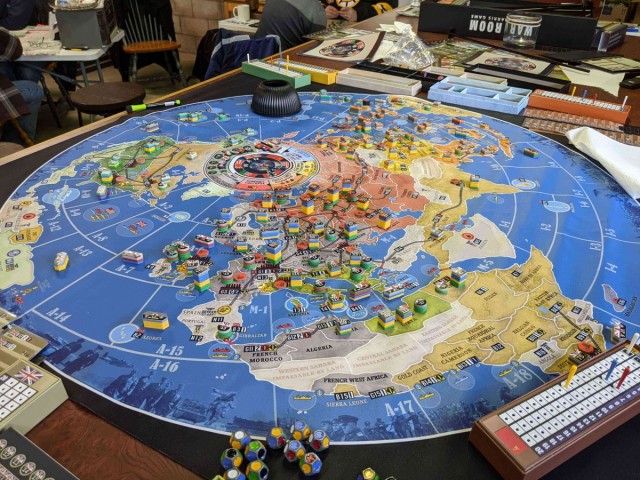
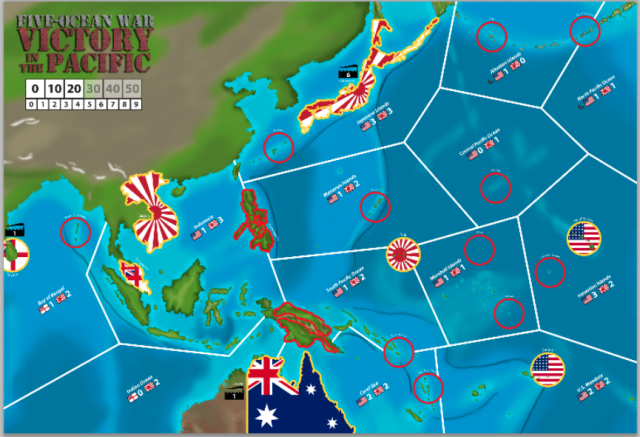
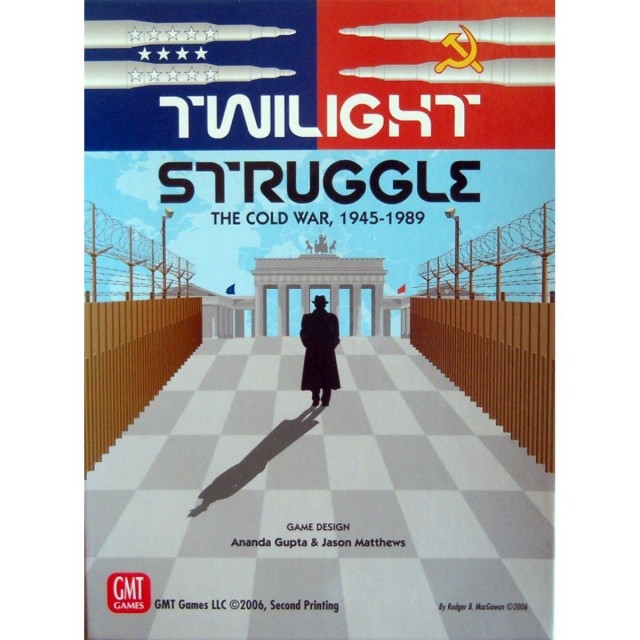


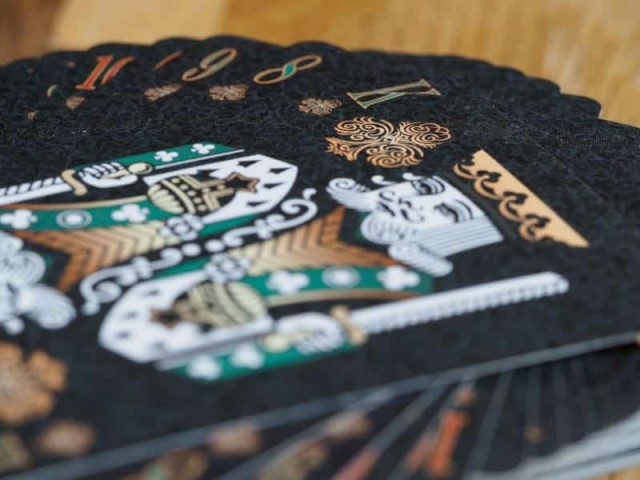




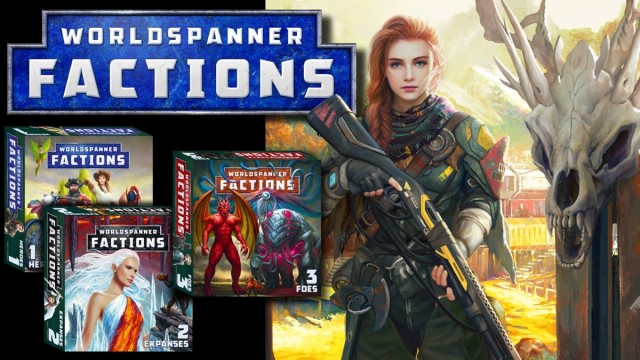
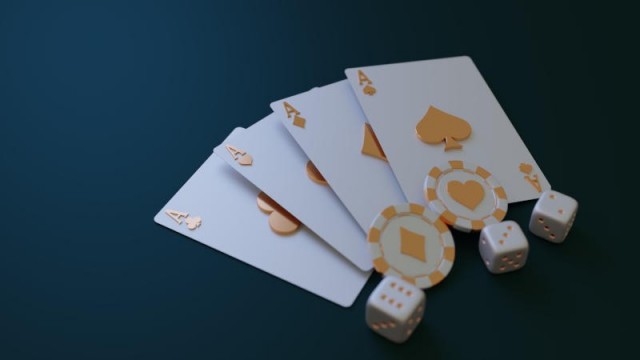



 How to resolve AdBlock issue?
How to resolve AdBlock issue?